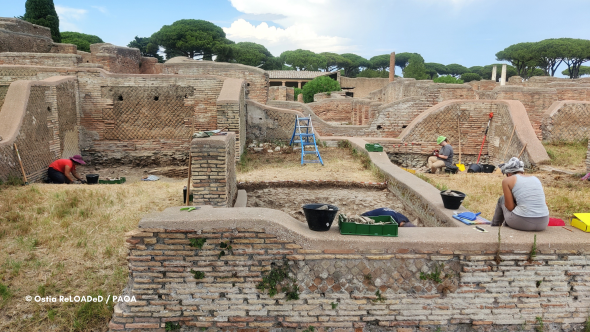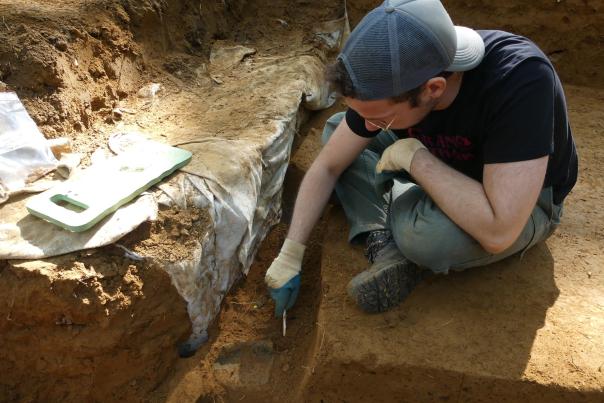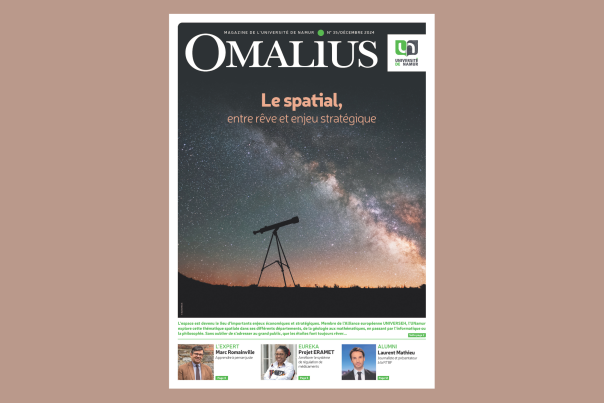I got a lot out of this internship. The team on site was lovely. We first learned the basics of excavation, then, little by little, explored all the stages of the discipline, which was exciting", she recounts. Marion Drabbé, a third-year bachelor's student in archaeology, backs up Bérénice's words, adding, "I was a little apprehensive, as the workcamps are like a little exam in our curriculum. But in the end, it was a great experience. We were surrounded by lovely professionals, and I was supervised by Fanny Thirion, archaeologist at the Musée des Celtes. It was great! These workcamps let you see what you're studying, and you realize just how precise and meticulous archaeology is. There's also the satisfaction of discovering previously unseen objects: we found an urn with bone residues and a fibula pin, which is quite rare in excavations. We were delighted!".
The experience of workcamps is not just professional. For Bérénice Didier, it was also a time for sharing and cohesion: "It felt a bit like summer camp. It was really great and I had the opportunity to forge a lot of bonds." Outside digging hours, the students share their daily lives, which fosters strong bonds and develops their ability to work as a team.
These workcamps, which constitute research projects in their own right, require significant organization and varied support. "We chose to work in the Tintigny region, in Gaume. The site is in conservation danger, and we benefit from funding from the Agence wallonne du Patrimoine as well as a partnership with the Musée des Celtes de Libramont and the Commune de Tintigny to carry out the operations. This type of project requires a lot of collaboration to manage the logistics and the study," explains Fanny Martin. What's more, support from partners and UNamur means that internships are free of charge, so that no student is deprived of this opportunity.



